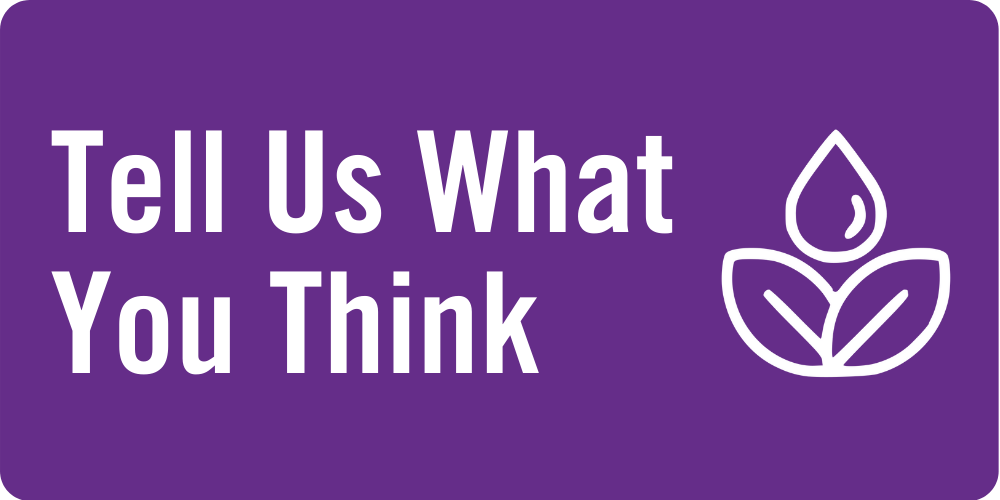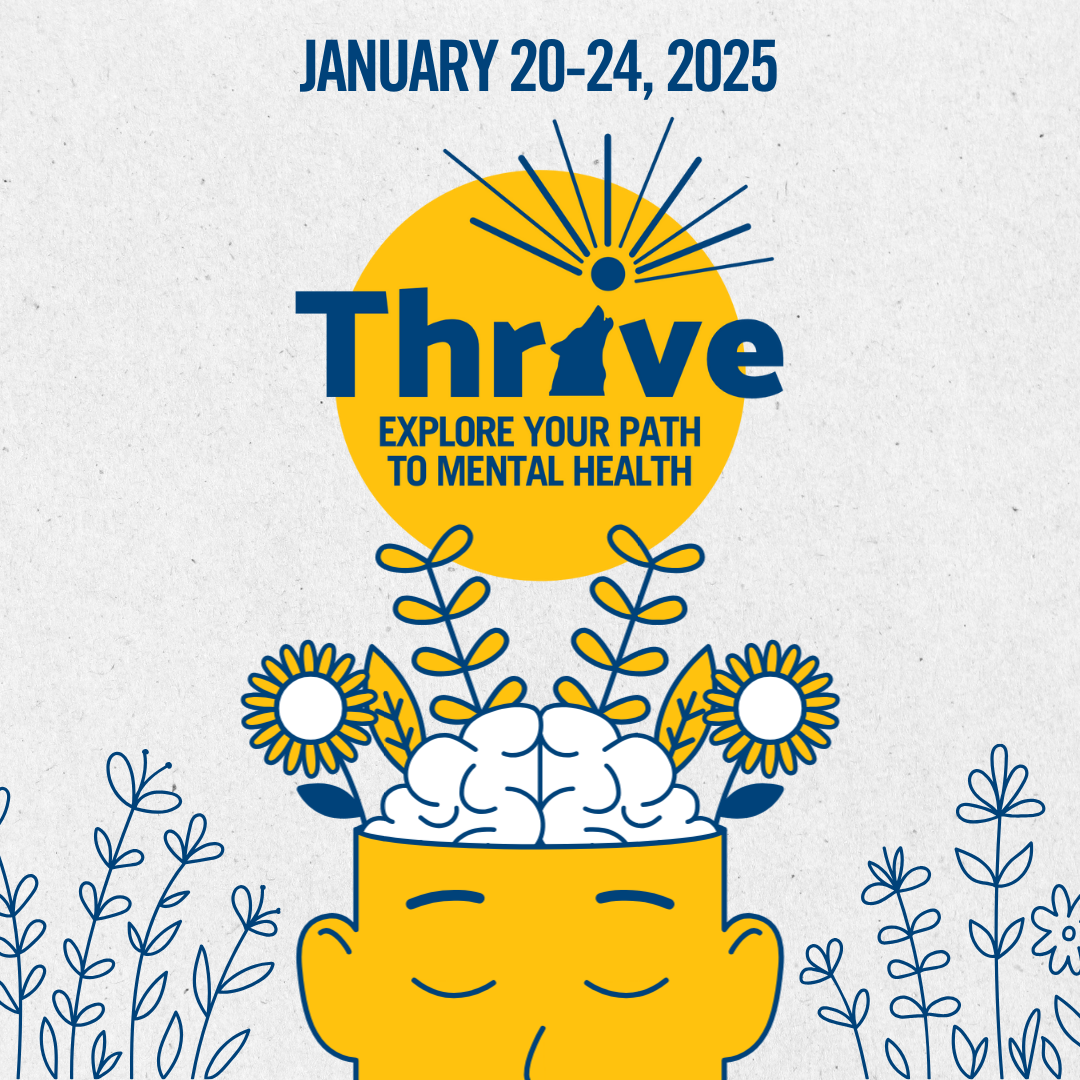Rethinking Study Drugs
As exams and project deadlines approach, some students may consider using prescription stimulants—often called "study drugs"—without a prescription or in ways not intended by a doctor. If you're thinking about this, here are some important things to know.
Study drugs refer to prescription stimulants, such as Adderall and Ritalin, that are taken without a prescription or not as directed to boost focus, energy, or endurance. However, research indicates that these substances do not improve academic performance for those without a medical diagnosis requiring them.
Potential Risks and Side Effects
Despite the belief that stimulants may enhance focus, they come with risks, including:
Accidental overdose, especially from counterfeit pills containing unknown substances
Increased anxiety or other mental health effects
Physical discomfort, such as nausea or digestive problems
Higher risk of seizures or heart-related issues if taken without medical supervision
Irritability and mood swings
Sleep disturbances leading to fatigue
Difficulty maintaining focus on important tasks
Potential for dependence or addiction
Note: Even prescribed stimulants can cause side effects. If you have concerns about medication you are currently taking, consult your healthcare provider.
Alternatives to Study Drugs
While study drugs may seem like a shortcut to better concentration, they do not directly enhance learning or test-taking skills. Instead, try these evidence-based strategies:
Plan study sessions: Schedule study times when you are most alert, whether in the morning or at night.
Prioritize subjects: Start with the most challenging material and revisit difficult topics as needed.
Minimize distractions: Use ‘Do Not Disturb’ mode on your phone, or let friends know you’ll be unavailable while studying.
Get enough sleep: Aim for at least seven hours per night to support memory, concentration, and mood.
Break tasks into small steps: Begin assignments with an outline or break study material into manageable sections.
Create a study-friendly environment: Gather supplies, set up a quiet space, and prepare snacks and water.
Maintain energy levels: Regular meals and hydration can improve focus and productivity.
Make use of campus supports: Visit the Academic Support Zone.
Reducing Potential Risks
Using any prescription medication without a doctor’s guidance can be dangerous. Combining stimulants with depressants like alcohol, Xanax, or opioids can increase the risk of overdose.
If you choose to use substances, consider these harm reduction strategies:
Never assume a pill from an unofficial source is safe—many counterfeit pills contain fentanyl or other harmful substances.
Be aware that fentanyl test strips are not foolproof; contamination may still be present.
If using stimulants without a prescription, start with small doses and proceed with caution.
Keep naloxone (a medication that can temporarily reverse opioid overdoses) available and learn how to use it.
Avoid using substances alone—ensure someone nearby knows how to respond in an emergency.
Schedule time for rest and recovery, as sleep is crucial for academic success.
If you need support to help change your substance use patterns, ConnexOntario makes it easy to search substance use supports treatment services in Ontario.
By prioritizing healthier study habits and making informed choices, students can set themselves up for academic success while avoiding unnecessary risks. If you are feeling overwhelmed- don't hesitate to reach out to Student Health and Wellness.













